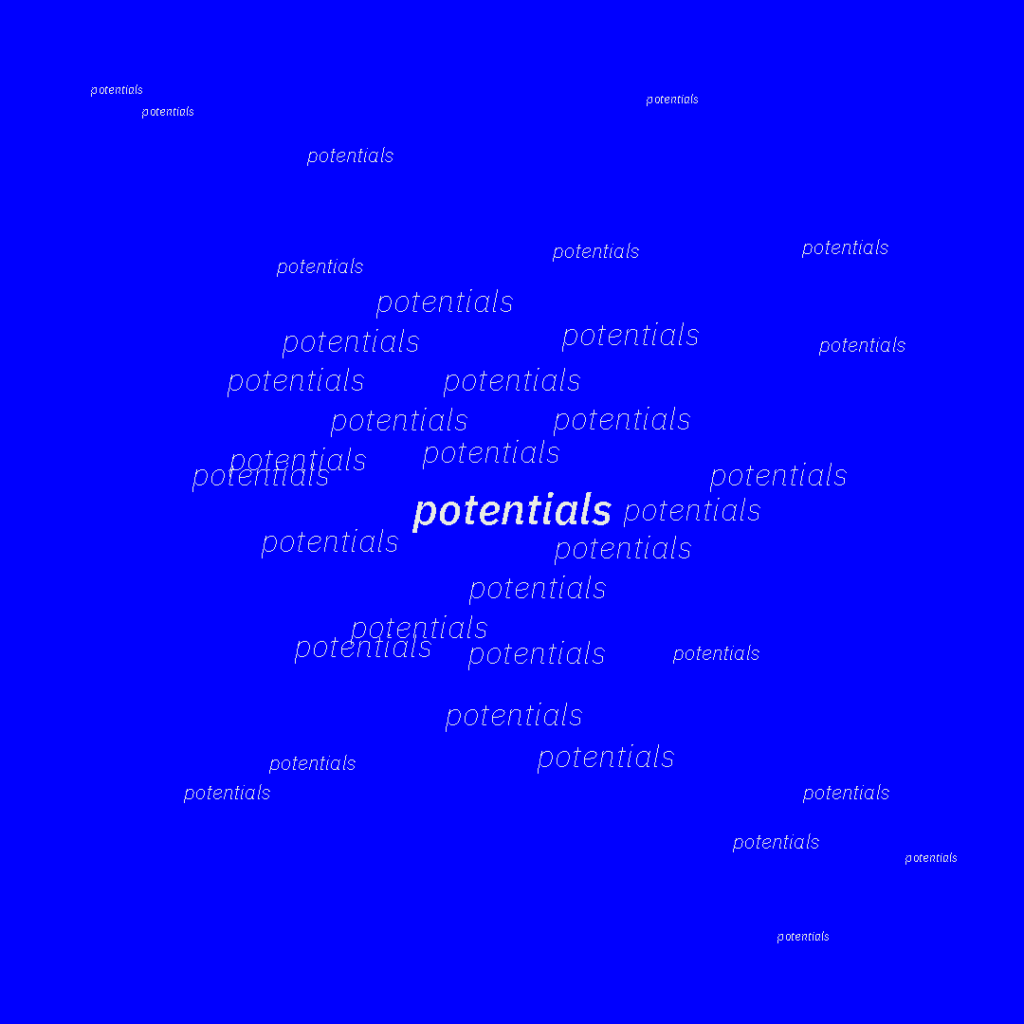1.Betti Marenko & Phillip van Allen, Animistic design: how to reimagine digital interaction between the human and the human
Which novel questions/solutions get prioritized? How do you find the most informed, appropriate unknown?
There is an excellent podcast that the New York Times’s The Daily recently released. The essay narrated is called ‘The Search for Intelligent Life Is About Life Is About to Get a Lot More Interesting- ’ it primarily illustrates how the search for intelligent life has been completely revolutionized within the last few decades. With a new set of tools, scientists are no longer searching for direct radio signals to Earth from extraterrestrials; rather, scientists are interested in “techno-signatures.” Telescopes are now capable of understanding the chemical composition of exoplanet atmospheres. Scientists use these electromagnetic clues to imagine what type of life might exist in those environments. The problem that scientists are currently grappling with is that imaging. It is difficult to imagine a life more expansively and creatively than our own: it would require rethinking our current understandings of evolution, technology, culture, and the meaning of intelligence.
Marenko and Allen describe that the essence of creativity is contingent on the unknown: the noise, the uncertain, and the non-linear. According to their framework, when we look into space in search of ourselves (linear and predictable), we will always find ourselves. An uncertainty-driven strategy will lead us towards a more unusual, unpredictable understanding of life beyond ourselves. Another problem emerges: deciphering between all the potentials. Which novel solutions are prioritized? How do you build for the right unknowns?
2. Kate Darling, The New Breed: What Our History with Animals Reveals about our Future with Robots
This question is paraphrased from the Turkle reading: What is the value of the interaction that contains no shared experience of life? What do we forget or remember about ourselves by encouraging/discouraging these interactions?
Darling warns against the “moral panic” that hasty conclusions about anthropomorphized robots will inevitably inspire. The panic that Darling addresses might be defined in the way Turkle discusses it in the Reclaiming Conversation reading: technology as calvary; creating less empathetic, disconnected human-to-human relationships. Turkle argues that anthropomorphized robots that claim to facilitate compassionate relationships, such as “caring robots,” change us: “What do we forget when we talk to machines?… we forget what it means to be human.”
Within the same paragraph Darling also challenges the idea that we never engage with these dystopian ideas about human-machine relationships. To “reflexively name robots,” or to engage carelessly with automated psychotherapy apps is just as insidious.
Turkle poses a question that moves us closer to examining the nuances of these relationships. Anticipating that people will connect to these machines in unpredictable and intimate ways, how do prepare for the consequences? What is the value of allowing this type of interaction with a machine that creates the illusion of intimacy? The answer to these questions is always highly contextual. In the case of elderly, dementia patients engaging with PARO, the value of this interaction is obvious: it helps reduce anxiety and depression in its users. However, it may reveal a deeper, cultural problem within the institution of care facilities, as Turkle suggests.

